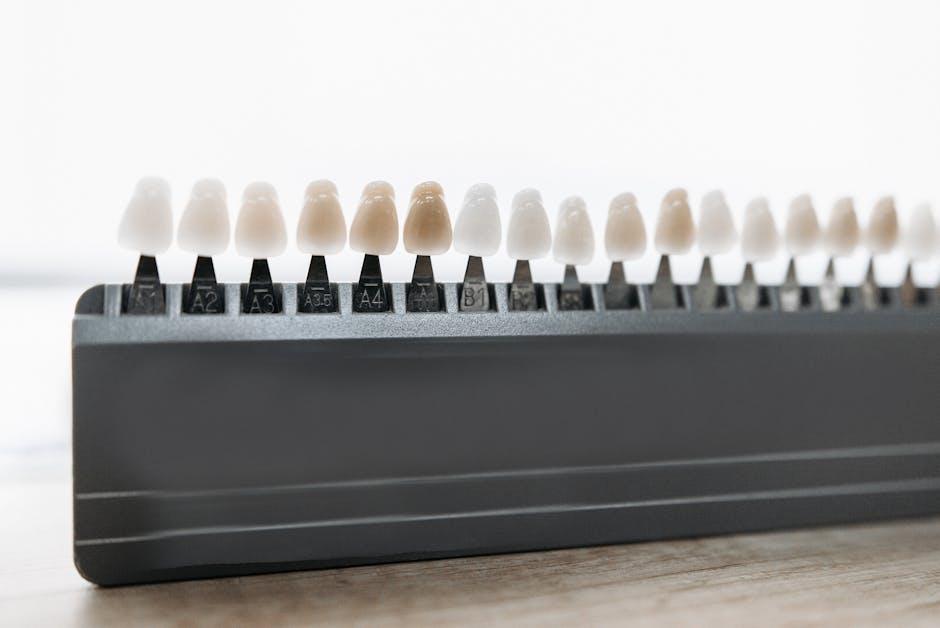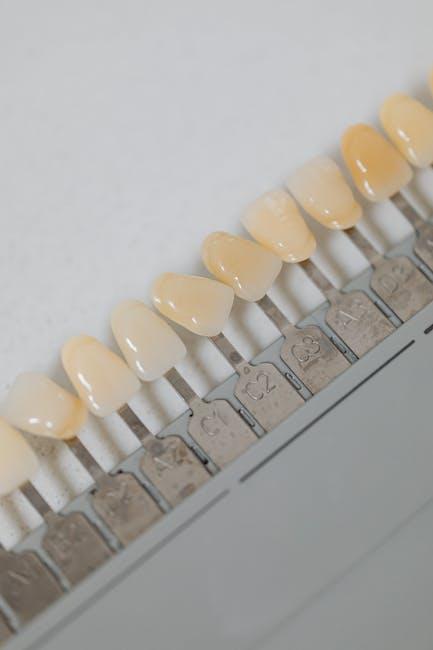
Veneers, Implants and Agonising Pain: The Risks of Cosmetic Dentistry Are Nothing to Smile About
Cosmetic dentistry continues to grow in popularity as more people seek that perfect smile. Procedures like dental veneers and implants promise quick fixes for a flawless appearance. But while these treatments can boost confidence and oral aesthetics, they are not without serious risks. Agonising pain, complications, and lasting damage can result if patients are not well-informed or if procedures are mishandled.
In this in-depth article, we explore the hidden dangers of cosmetic dentistry, focusing on veneers, dental implants, and the potential for agonising pain. We’ll outline practical safety tips and share insights to help you make educated decisions about your dental health.
Understanding Cosmetic Dentistry: Veneers and Implants Explained
Before diving into risks, it’s essential to understand what veneers and implants are:
- Dental Veneers: Thin porcelain or composite shells bonded to the front of teeth, improving the shape, size, and color.
- Dental Implants: Artificial tooth roots, usually titanium screws, surgically placed into the jawbone to support replacement teeth or bridges.
Both procedures require skill and precision but differ in invasiveness and long-term impact on oral health.
The Hidden Risks Behind the Perfect Smile
While veneers and implants sound straightforward, complications can quickly arise.
Common Risks of Veneers
- Tooth Sensitivity: Enamel removal required for veneers can expose dentin, leading to increased sensitivity to hot and cold.
- Irreversible Damage: Once enamel is removed, natural teeth cannot be restored without veneers or crowns.
- Gum Irritation and Infection: Poorly fitted veneers can inflame gums, causing discomfort and potential infections.
- Chipping or Cracking: Veneers can chip or crack, especially if habits like teeth grinding (bruxism) are present.
- Color Mismatch and Longevity: Veneers may discolor differently over time compared to natural teeth.
Dental Implant Risks and Complications
- Infection at the Implant Site: Post-surgery infections can cause severe pain and implant failure.
- Nerve Damage: Improper placement can damage nerves causing numbness, tingling, or chronic pain.
- Sinus Problems: For upper jaw implants, implants can protrude into the sinus cavities leading to sinus infections.
- Implant Failure: Occurs due to poor osseointegration (failure of the implant to bond with the jawbone).
- Agonising Pain: Surgical trauma or complications may lead to persistent, severe pain requiring further intervention.
Why Does Cosmetic Dentistry Cause Agonising Pain?
Dental treatments involving drilling, drilling-based enamel removal or jawbone surgery inherently risk causing pain. The primary reasons behind agonising pain in cosmetic dentistry include:
- Inadequate Anesthesia Management: Poor pain control during and after procedures can intensify discomfort.
- Post-Operative Inflammation: Swelling and tissue trauma may compress nerves and cause persistent aching.
- Infection: Infections cause throbbing pain and swelling that chemotherapy cannot resolve alone.
- Underlying Dental Conditions: Undiagnosed cavities, gum disease, or bone loss can worsen pain when treating with veneers or implants.
If you experience agonising or long-lasting pain after cosmetic dental work, it is crucial to follow up with your dentist immediately.
Benefits of Cosmetic Dentistry Despite Risks
It’s important to acknowledge cosmetic dentistry’s benefits when done safely and by professionals:
- Boosts self-esteem and confidence.
- Corrects congenital or injury-related tooth deformities.
- Improves oral function such as chewing and speaking in some cases.
- Long-lasting aesthetic improvements if maintained correctly.
Practical Tips for Safe Cosmetic Dentistry
To minimise complications and avoid agonising pain, keep these safety tips in mind before getting veneers or implants:
- Choose a Qualified, Experienced Dentist: Research credentials and reviews; avoid bargain deals.
- Get a Thorough Dental Examination: Treat existing oral diseases first.
- Discuss Risks and Expectations Openly: Ask about potential pain management and procedure success rates.
- Follow Pre- and Post-Operative Instructions: Proper hygiene and medication adherence reduce infection chances.
- Request Before and After Photos: Assess realistic outcomes.
- Consider Alternatives: Sometimes less invasive cosmetic options are available.
Case Study: When Cosmetic Dentistry Goes Wrong
Jessica, 32, wanted perfect teeth and opted for porcelain veneers after browsing influencer pictures. However, weeks after placement, she suffered:
- Increased tooth sensitivity and severe gum pain.
- Repeated infections requiring antibiotics.
- Eventually a veneer chip that necessitated replacement.
Jessica’s experience underscores the importance of:
- Choosing the right dental professional.
- Understanding potential side effects.
- Promptly addressing complications.
Comparing Cosmetic Dentistry Procedures: Quick Overview
| Procedure | Invasiveness | Longevity | Common Risks | Recovery Time |
|---|---|---|---|---|
| Dental Veneers | Moderate (enamel removal) | 10-15 years | Sensitivity, chipping, gum irritation | Few days |
| Dental Implants | High (surgical placement) | 20+ years | Infection, nerve damage, failure | Several weeks to months |
| Teeth Whitening | Low | 1-3 years | Sensitivity, gum irritation | 1-2 days |
Conclusion: Think Twice Before You Smile
Cosmetic dentistry offers exciting possibilities to enhance your smile, but it comes with risks that are often glossed over in advertising and social media. Veneers and dental implants, while transformative, can lead to agonising pain, infections, and irreversible damage if not performed or maintained properly.
Be a savvy patient: research thoroughly, choose trusted dental professionals, and understand both benefits and risks. A beautiful smile should never come at the cost of your long-term dental health or comfort.
Remember, nothing worth smiling about is truly pain-free — but with the right knowledge and caution, you can minimize the risks and make cosmetic dentistry work safely for you.


